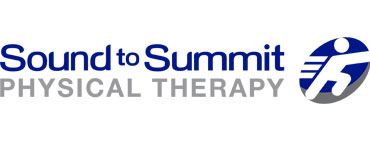What is Hand Therapy?
Hand therapy is the art of evaluating and treating upper extremity conditions from the shoulder to the hand that may include orthopedic injuries or loss of function after a chronic condition or neurologic insult such as stroke. Hand therapy patients may have been affected by an accident, trauma, or surgery.
Benefits
With superior therapeutic interventions, you may be able to reverse dysfunctional pathologies and restore normal function in your hands.
Common Diagnoses
- Upper extremity fractures/dislocations
- Amputations
- Crush injuries
- Tendon/ligament/nerve laceration
- Serious burns/wounds/prevention of scar tissue development
- Tendonitis
- Sprains or strains
- Arthritis
- Carpal tunnel syndrome
- Autoimmune disorders inhibiting hand function
Some physical and occupational therapists take additional training to become a Certified Hand Therapist (CHT). These therapists have at least 3000 hours of specialization in the treatment of upper extremity disorders and pass a rigorous national certification exam. They are specially trained in the fabrication of custom orthoses, advanced surgical procedures, and rehab management.
*CHT’s are not available at all locations. Call or click the location near you to see if this specialty is available.
What to Expect
Every patient has a unique health history, diagnosis and personal goals. When you come for your first appointment, we will create a personalized treatment plan for you.
We work with most major insurance providers and do our best to help keep the paperwork pain-free. If you’d like to confirm your insurance coverage, please let us know and we can verify when you schedule. If your insurance provider requires a co-pay, we will ask for this payment at each visit. We accept payments by cash, check or credit card.
When to Arrive
On average, a patient’s first visit lasts about an hour. We typically ask patients to arrive 15 minutes early to sign-in, complete paperwork and/or change clothes.
What to Bring
On your first visit, you’ll need to bring your physician referral or prescription (if needed), your insurance card, your primary registration forms, your ID or driver’s license and your co-payment (as applicable). If desired, you may bring a change of clothing.
How it Works
During your first visit, your physical therapist will do an initial evaluation and discuss your plan of care. The therapist uses this information to set goals for your continued treatment. Physical therapy goals may include improved movement, strength, endurance and flexibility, as well as decreased pain. Your subsequent visits will focus on treatment that is based on your diagnosis and individualized goals.

